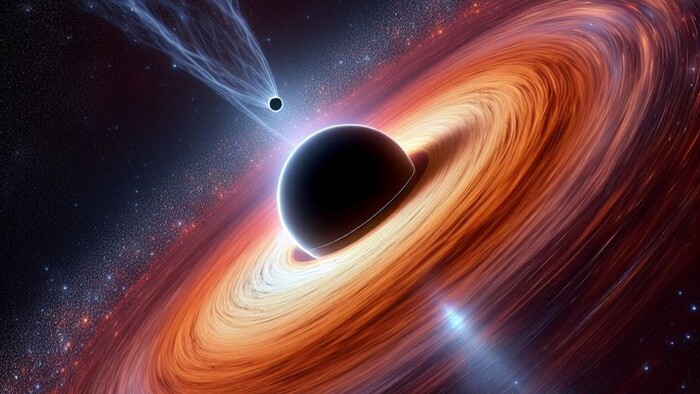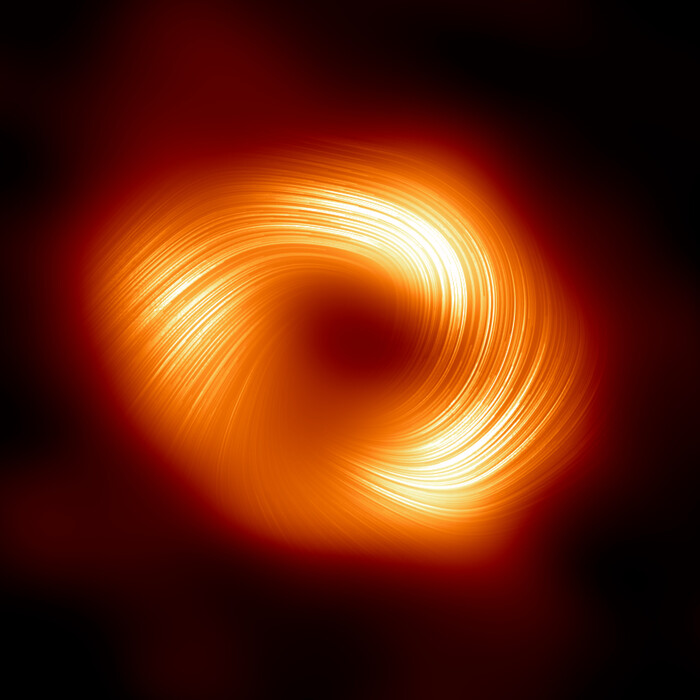After six years of observations, the Hubble Space
Telescope
of NASA and the European Space Agency (ESA) has managed to find the
first direct
evidence of the existence of a
lonely black hole
, which wanders among the stars of the
Milky Way
: it has in fact measured it with precision the
mass
,
which is equal to
seven times that of the Sun.
A
unique result of its kind
, given that until now the mass of such black holes has always been deduced by statistical methods or by studying their interactions with companion stars within binary systems.
The result is due to the group of Kailash Sahu, of the Space Telescope Science Institute in Baltimore.
Astronomers
estimate
that there are 100
million black holes wandering among the stars of the Milky Way
, but so far they had never identified one isolated.
The one found by Hubble is about
5,000 light-years
from us, in the Carina-Sagittarius spiral arm of our galaxy.
Its discovery allowed researchers to estimate that the closest stellar-mass lone black hole to us could be about
80 light-years away
(by comparison, the closest star to our Solar System, Proxima Centauri, is just over four light years).
Calculations made by Shasu's team indicate that the black hole is traveling in the galaxy at
160,000 kilometers per hour
- a speed faster than that of most of the surrounding stars, which would allow it to go from Earth to the Moon in less than three hours.
According to a second research group, led by Casey Lam of the University of California at Berkeley, it cannot be excluded that the object finished in the Hubble viewfinder is not a black hole but a
neutron star
(in fact, their calculations show a mass smaller, between 1.6 and 4.4 times that of the Sun).
"Whatever it is - Lam specifies - the object is the
first dark stellar remnant
that has been discovered wandering in the galaxy without the company of another star".






